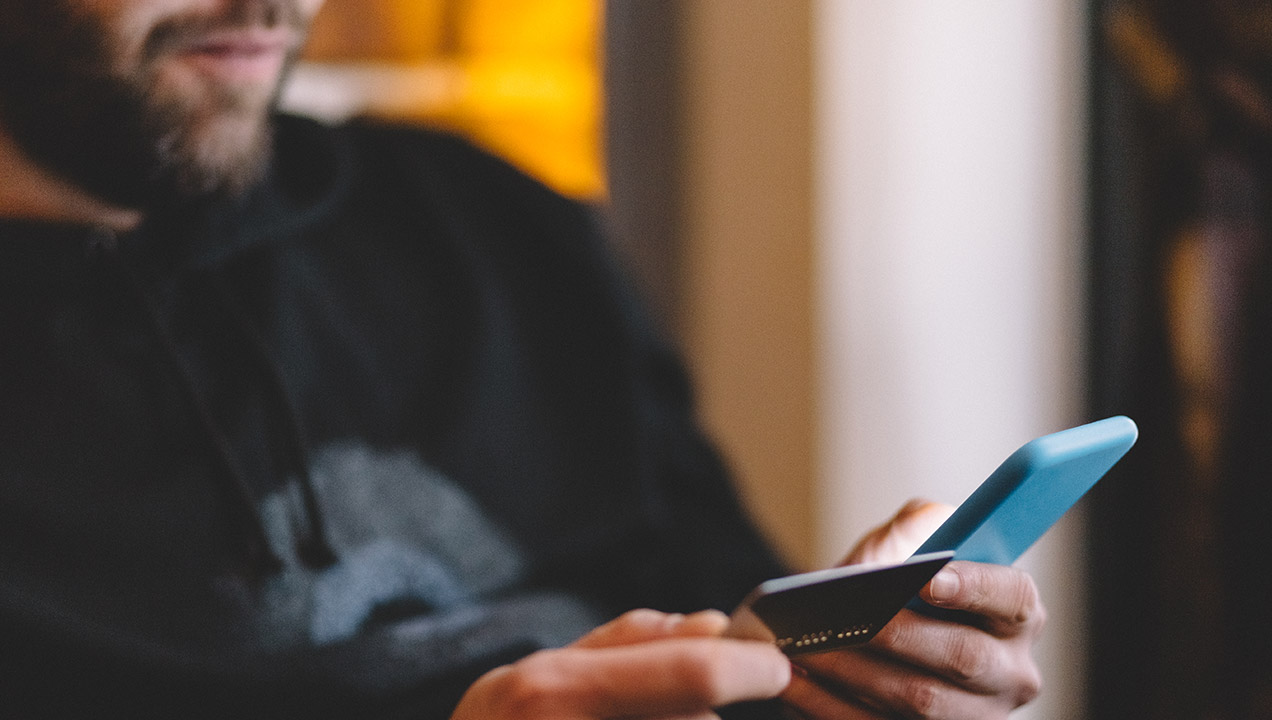Transitioning to new technologies
Working for the last few years in the field of innovation and new product development, I often see just how much of the future already exists today. Our pace of technology change almost always outpaces our pace of behavior change, and for a new technology to succeed, it has to succeed in the battle for attention span, consideration, and, ultimately, adoption.
Famously coined by Everett Rogers, the top five factors impacting innovative product adoption are:
- Relative advantage. A new technology needs to be better enough than alternatives to be worth the risk of trying something new. It needs to be attractive as a means to accomplish my “jobs to be done.”
- Compatibility. Pre-existing systems of behavior and technology both come into play to determine the relative cost of adoption.
- Complexity. How much cognitive load is required to use the new technology will impact how willing I am to try it.
- Trialability. Whether I have to commit a large amount up front or not will determine how high of a bar my decision making process needs to clear.
- Observability. Not required but certainly impactful, how visible the impact of a new technology is will support how early adopters express themselves as early adopters.
This framework is coming up more and more often in our work, and I’ve noticed a lot of what I consider “transitional UX” to support, particularly, compatibility, perceptions of complexity, and trialability. By “transitional UX” I mean a product or service design that intentionally takes a smaller step than technology allows so as to be more compatible with user behaviors and expectations.

I’ve seen three great examples of transitional UX in practice over recent months and years:
Coin
Coin is a credit-card shaped device that allows you to essentially carry around several cards in the space of a single card. An impressive piece of technology, fitting a digital interface into a credit card, but not the flashy future of e-wallet we imagine as an app, biometric sensor, or wearable. Coin speaks the old language of swiping at a point of sale, and the old language of customer wallets, but gets users into the new era of a digital wallet. While Samsung, Google, and Android all show us a future without wallets (or with phone cases that can at least hold our ID), Coin is a transitional UX, representing of a slightly smaller step.
GoGoGrandparent
This service may be best described as an analog interface for Uber and Lyft. You can call an actual telephone number to get a ride booked on one of the popular ride-sharing networks; no smartphone or computer required. Not exactly a transitional UX for the product when it was new, but certainly a way to level-set accessibility to a service across a different comfort level or access level to smartphone technology.
Autonomous Uber
Giving a fair bit of billing to Uber, but launching a self-driving car service in Pittsburgh is pretty big news. If you look closely, you’ll notice there is still a driver in the self-driving car; I imagine partly for passenger comfort, partly for regulatory compliance, and partly for liability. That is not the version of this offering that we will land on, and we know it, but it is the next version.
We are seeing this in operational settings as much as in consumer products and services. Before companies adopt robotic process automation and cognitive computing, you might see the technology applied as a second screen that augments or assists human work, suggesting actions or surfacing information for folks dealing with complex situations.
Really, some of the best innovation stories of our time are about managing the next step of technological evolution as well as the ultimate direction of change, simultaneously.
What should we do about it?
I would argue that the best designed innovative products will have a design trajectory. Transitional UX should give people a small step now towards an ultimate vision of the future. Uber allowed us to make a small change in behavior by choosing a superior experience to the taxi, but the trajectory is most certainly towards a bold vision of the future that tackles urban mobility inclusive of public transit, asset ownership that strikes close to home for Americans’ love affair with cars, and urban design that might need less parking spots and railways. What makes Uber innovative is certainly that combination of adoption and trajectory both.
My simplistic answer to “what next?” is a combination of:
- Use design strategy to set a vision and align your products to that vision of the future you can establish because you know what is possible.
- Then make that future easy for people to grasp. Turn it into a smaller step, where appropriate, and set users on the path to that future vision.
